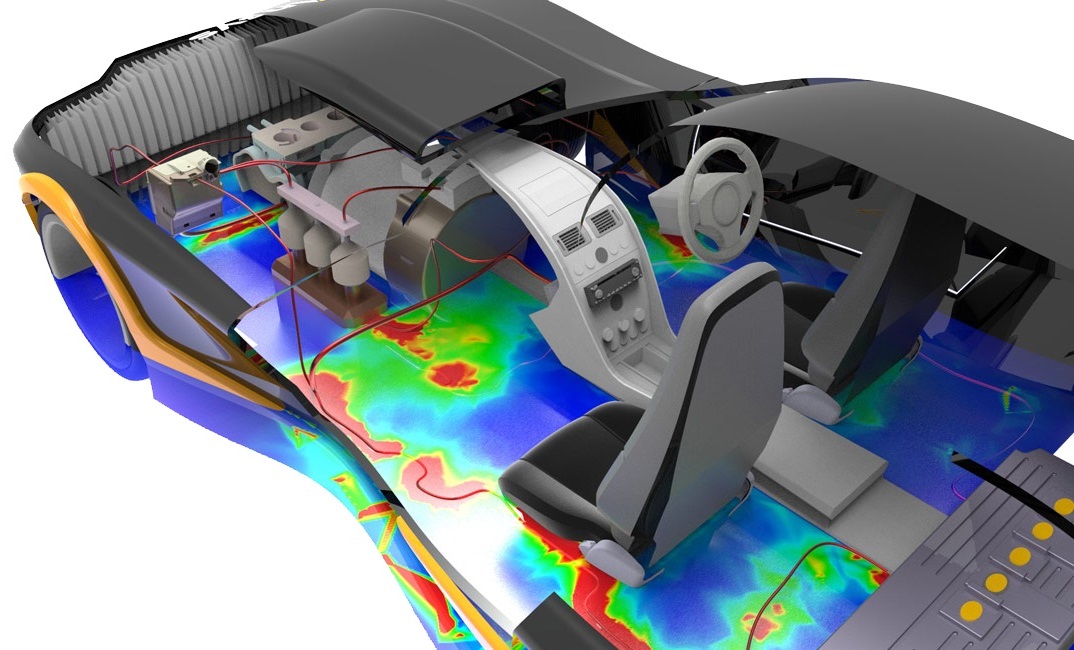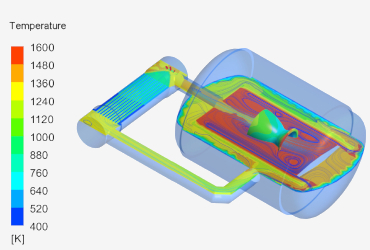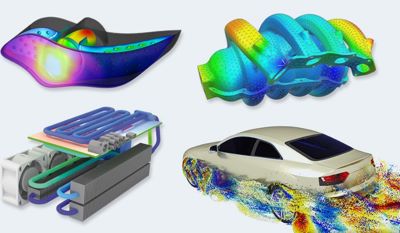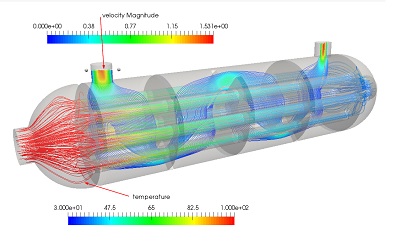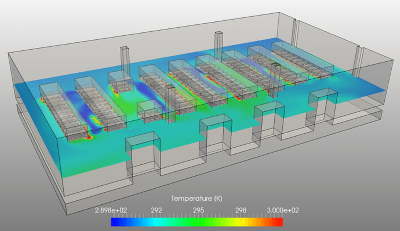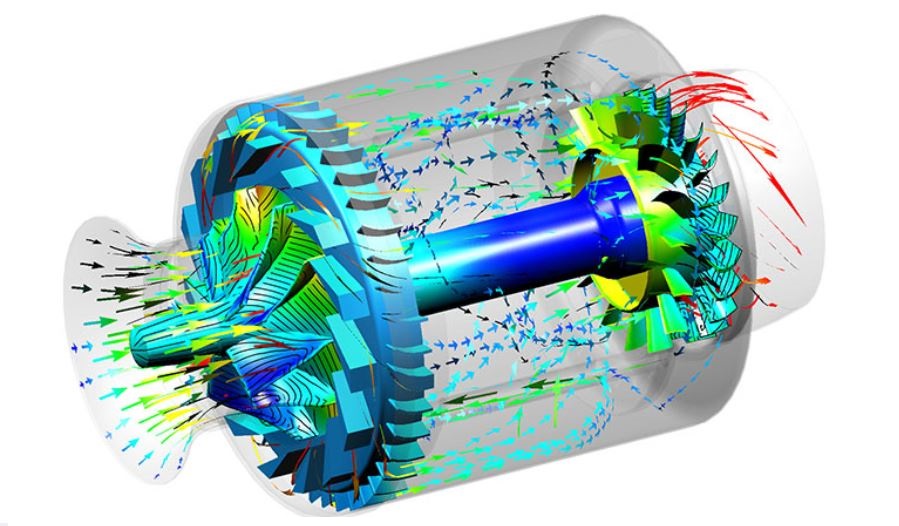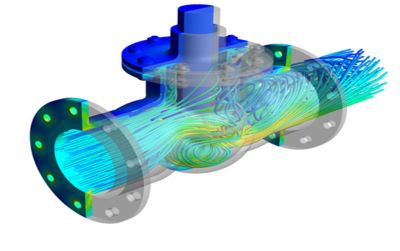Advanced course on CFD analysis - 04 Months, Full time
100 % Industry Oriented syllabus, with Industry Projects, on the Job training
- Softwares: Ansys Fluent, Ansys CFX, Spaceclaim, Workbench, Fluent T Grid
- Learn with Industry projects, Faculty with 20 years experience in Industry
- Course Duration: 04 Months, 10 AM to 6 PM, Monday to Saturday (Full time)
Total Course Fee
₹ 120000 | $ 1380
283
Niharika Institute of Computational Engineering (NICE) offers a comprehensive computational fluid dynamics (CFD) Analysis Course. Our computational fluid dynamics training is designed to equip aspiring engineers and professionals with the essential skills and knowledge needed to thrive in the dynamic field of CFD. Our course covers a wide spectrum of topics such as Ansys Fluent and Ansys CFX as well as CFD concepts, from foundational principles to advanced techniques. We ensure that you gain a thorough understanding of the subject, setting the stage for a successful career in CFD analysis.
Read More
Why Choose Niharika Institute of Computational Engineering?
When you sign up for our computational fluid dynamics training, you will experience learning in a cutting-edge environment with access to the latest software and technology used in the field of CFD analysis. Our facilities are designed to facilitate immersive and effective learning. Further, we understand that every learner is unique. That is why we offer one-on-one guidance and support to ensure that you stay on track and make the most out of your learning journey.
Read More
SYLLABUS
All the theory subjects will be taught from fundamentals and Industry perspective, focusing on practical application skills
Navier Stokes equations and its simplified forms, discussion on their physical meaning, basic aspects of discretisation schemes. Finite volume methods, application of finite volume methods to simple equations like one dimensional steady state conduction equation and there by demonstrating how a CFD software works, impact of grid quality and grid size on accuracy of results, solution matrix etc Stability. Convergence and consistency, CFL condition Pressure correction techniques (Simple and simpler algorithms), compressible and incompressible solvers, detailed explanation of all types of boundary conditions and their importance in CFD analysis, discretisation techniques like upwind methods(First order and second order), Quick methods and Power law Relaxation parameters. Reynolds averaged Navier Stokes equations, K epsilon model, Spalart allmaras model, near wall flow modelling, wall functions
Fluid Dynamics Significance of dynamic viscosity, laminar boundary layer, laminar Turbulent transition, turbulent boundary layer, Structure of a turbulent boundary layer (laminar sub layer, buffer layer and log law layer), Thermal boundary layer, boundary layer control, effect of adverse Pressure gradient, boundary layer separation
Gas Dynamics Fundamental physical quantities of a flowing gas The source of aerodynamics forces, equation of state Concept of Mach number and classification of flow regimes in to Incompressible, Subsonic, Transonic, Sonic, Supersonic and Hypersonic based on Mach number Stagnation properties (stagnation pressure, stagnation enthalpy and stagnation temperature) Effect of Mach number on compressibility, mass flow rate in terms of pressure ratio, mass flow rate in terms of Mach number, flow through convergent nozzle, flow through convergent divergent nozzle, flow through diffusers, Mach number variation in nozzle and diffuser, concept of shock wave Use of gas tables
Significance of heat transfer in engineering design, Heat conduction equation, boundary conditions, thermal contact resistance Laminar free convection, effect of turbulence on free convection, external free convection flows and free convection in enclosures Significance of heat transfer coefficient, local and average convective heat transfer coefficient, heat transfer correlations in internal and external flows Mechanism of radiation heat transfer, radiation intensity, radiation properties, concept of black body, radiation shape factor, radiation shield.
Introduction, Airfoil nomenclature, Lift, Drag and moment coefficients, Airfoil data, Infinite and finite wings, Pressure coefficient, Compressibility correction for lift coefficient, Critical Mach number and critical pressure coefficients, Drag divergence Mach number, Wave drag at supersonic speeds, summary of air foil drag, calculation of induced drag, change in lift slope, swept wings, Mechanisms for higher lift.
List of Projects
We use Ansys workbench, Spaceclaim, Fluent T grid for mesh generation and Ansys Fluent, Ansys CFX and Siemens Star CCM plus for CFD analysis. ICEM CFD Hexa meshing software is used for Turbomachinery projects.
- CFD analysis of Gas turbine afterburner diffuser
- CFD analysis of Airfoil (Aerodynamics and aero thermodynamics)
- External aerodynamics analysis of Sports Utility Vehicle (SUV)
- CFD analysis of Power Amplifier Unit ( Electronics Cooling)
- Steady state and transient CFD analysis of high temperature thermo vacuum systems
- CFD analysis of Rotary Vacuum Brazing Furnace

